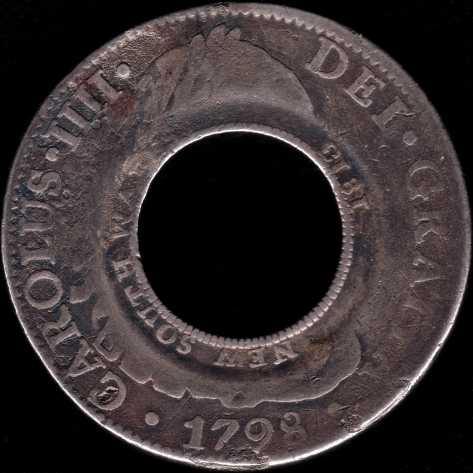
1798, Charles IIII

Mexico mint (see mint mark 'o' over 'M' at the 8 o'clock position)
|
|
Just a couple of examples of a holey dollar and one of a dump. The references
are to the Mira/Noble catalogue20
"The Holey Dollars of New South Wales".
For identifying the original coins, the best reference I have is Yriarte and
Sanchez21 but that may be a
difficult resource because only 2000 copies were ever printed.
 |
Obverse 1798, Charles IIII |
 |
Reverse Mexico mint (see mint mark 'o' over 'M' at the 8 o'clock position) |
A 1794 example of the original coin may be
seen by clicking here or on the picture.
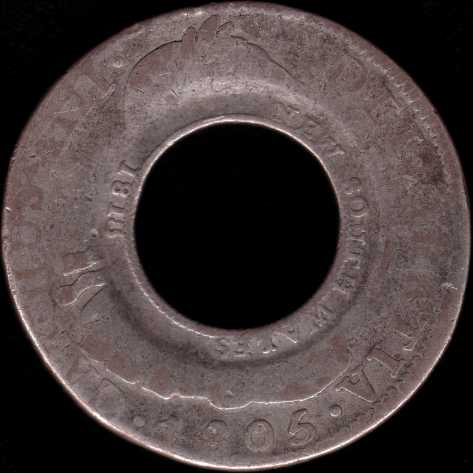 |
Obverse 1805, Charles IIII |
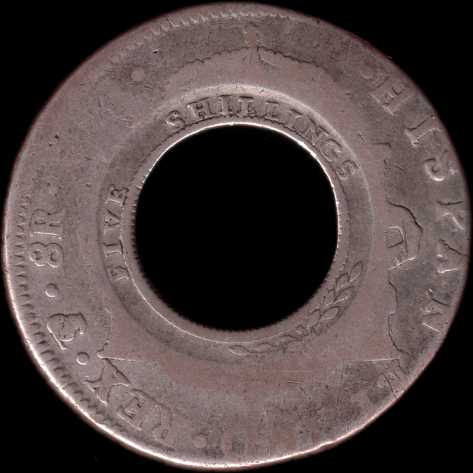 |
Reverse Potosi mint (see JPS monogram at the 8 o'clock position.) |
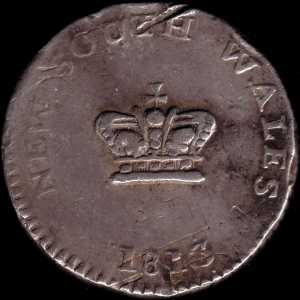 |
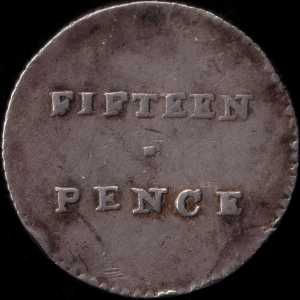 |
In these pictures, the dump is not on the same scale as the holey dollars. The
holey dollar is shown at one quarter resolution whereas the dump is shown at one
third resolution. This means the dump looks larger than it should in comparison
to the ring dollar.
Even if the pictures were to the same scale, the dump would be larger than the
hole in the ring, although the difference would not be very noticeable. The diameter
of the hole is 17mm and the diameter of the dump is 19mm. This meant that the dump
spread quite a lot under the pressure of the counterstamp dies. The absence on dumps
of features from the original coins has been interpreted by some writers as suggesting
that the dumps were smoothed before being struck. On thinking about it, I doubt
that it was done. For a start, filing the dumps would have been a really tedious
and wasteful process. Secondly, given the substantial metal flow in spreading a
17mm blank to a 19mm finished coin and the strike pressure needed to make that happen,
one would expect that any features on the original coin would be obliterated without
any need for smoothing.
Incidentally, the dump has a milled edge suggesting it was struck in a milled
collar. Dr Mira tells me this wasn't done; the milling was added afterwards by a
procedure known as rifling.